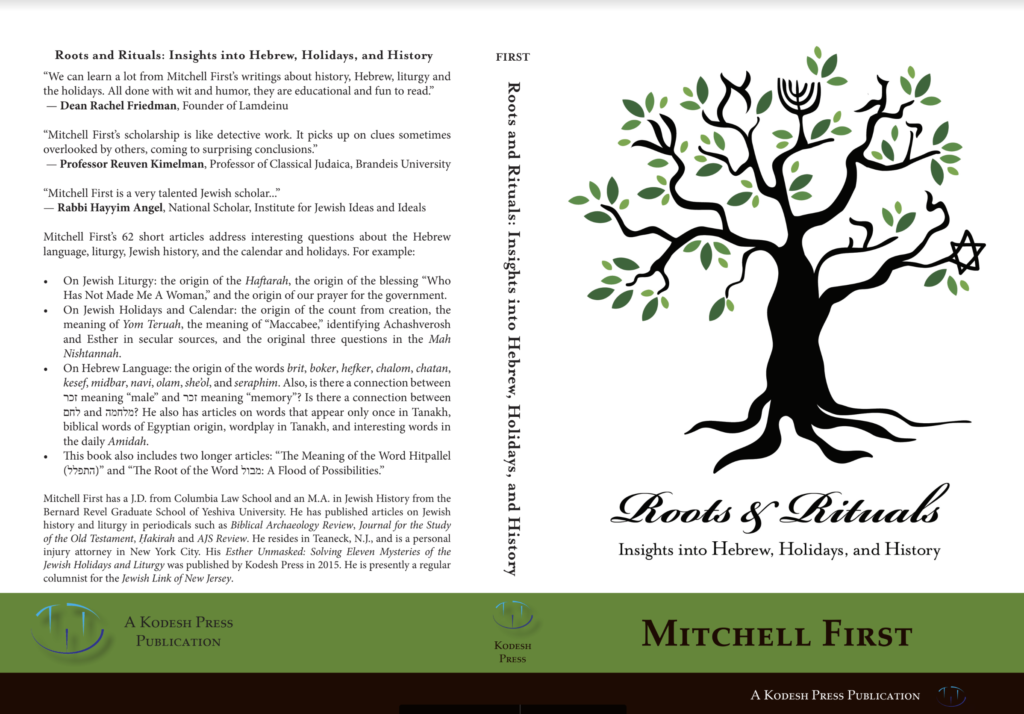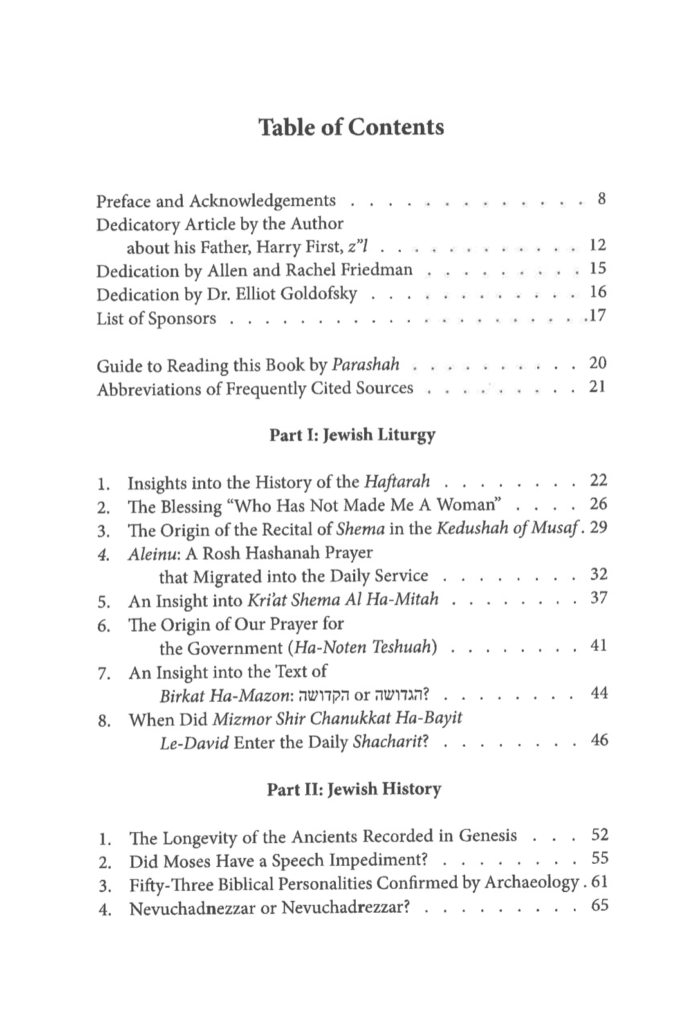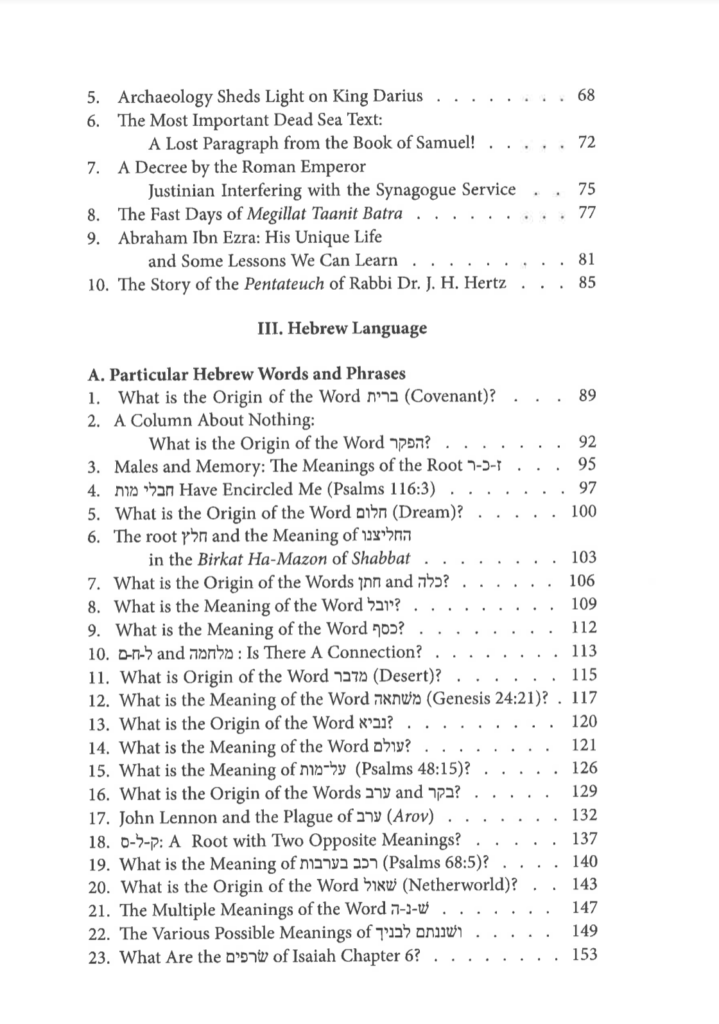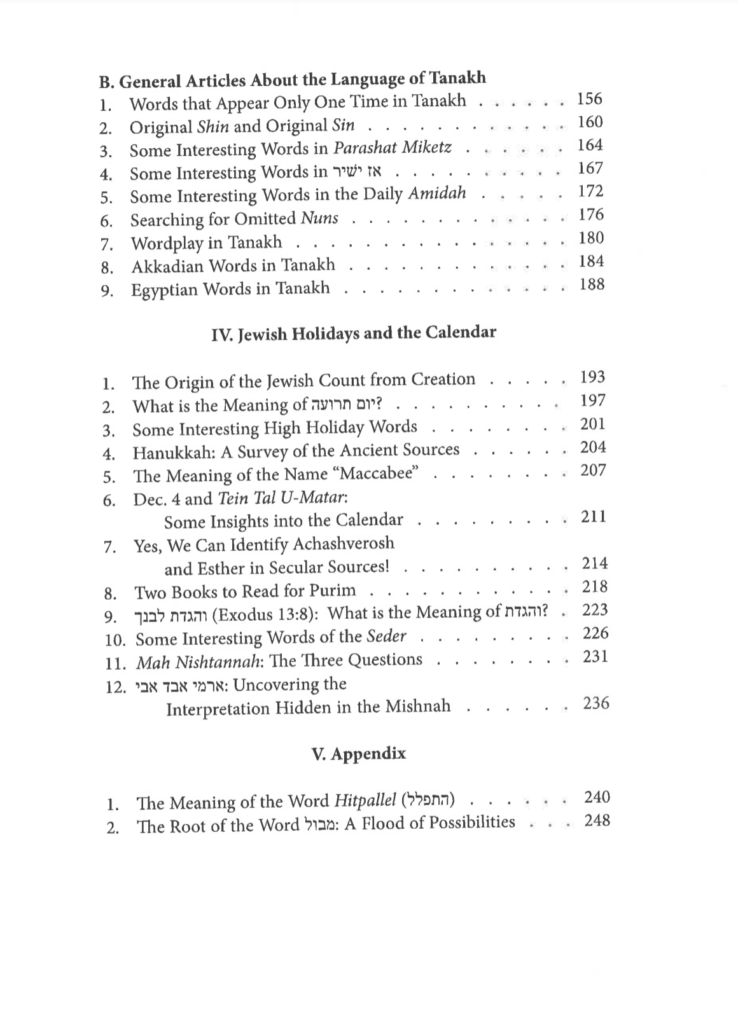The
Meaning of the Word Hitpallel (התפלל)
By
Mitchell First[1]
It is clear from the many places that it
appears in
Tanakh that התפלל connotes praying. But what was the
original meaning of this word? I was always taught that it meant something like
“judge yourself.” Indeed, the standard ArtScroll Siddur (
Siddur Kol Yaakov) includes the following in its introductory
pages: “The Hebrew verb for praying is מתפלל;
it is a reflexive word, meaning that the subject acts upon himself. Prayer is a
process of
self-evaluation,
self-judgment…”[2]
More recently, when I searched Jewish
sites on the internet for the definition that was offered for
hitpallel and
mitpallel, I invariably
came up with a definition similar to the above. Long ago, Rabbi S. R. Hirsch
(d. 1888) and R. Aryeh Leib Gordon (d. 1912) also gave definitions that focused
on prayer as primarily an action of the self.[3]
In this post, I would like to share a different
interpretation offered by some modern scholars, one based on a simple insight
into Hebrew grammar. This new and compelling interpretation has unfortunately
not yet made its way into mainstream Orthodox writings and thought. Nor has it
been given proper attention in academic circles. For example, it did not make
its way into the widely consulted lexicon of Ludwig Koehler and Walter
Baumgartner.[4] By sharing this new interpretation of התפלל,
we can ensure that at least the next generation will understand the origin of this critical word.
——
There
are two issues involved in parsing this word: 1) what is the meaning of the
root פלל? and 2) what is the import of the hitpael stem, one that typically implies
doing something to yourself?
With
regard to the root פלל, its meaning is
admittedly difficult to understand. Scholars have pointed out that the other
Semitic languages shed little light on its meaning.[5]
If
we look in Tanakh, the verb פלל is found 4 times:[6]
1) It
seems to have a meaning like “think” or “assess” at Genesis 48:11: re’oh fanekha lo filalti…(=I did not
think/assess that I would see your face).[7]
2) It
seems to have a meaning like “intervene” at Psalms 106:30: va-ya’amod Pinḥas va-yefalel, va-teatzar ha-magefah (=Pinchas
stood up and intervened and the plague was stopped).[8]
3) It
seems to have a meaning like “judge” at I Sam. 2:25: im yeḥeta ish le-ish u-filelo elokim…(If a man sins against another
man, God will judge him…).[9]
4) It
also appears at Ezekiel 16:52: את שאי כלמתך אשר פללת לאחותך גם (= You also should bear your own shame that you pilalt to your sisters). The sense here is difficult, but it is
usually translated as implying some form of judging.
What
I would like to focus on in this post, however, is the import of the hitpael stem in the word התפלל.
Most students of Hebrew grammar are taught early on that the hitpael functions as a “reflexive” stem,
i.e., that the actor is doing some action on himself. But the truth is more
complicated.
One
source I saw counted 984 instances of the hitpael
in Tanakh.[10] It is true that a
large percentage of the time, perhaps even a majority of the time, the hitpael in Tanakh is a “reflexive” stem.[11] Some examples:
● “station
oneself”; the verb יצב is in the hitpael 48 times in Tanakh (e.g., hityatzev)
● “strengthen
oneself”; the verb חזק is in the hitpael 27 times in Tanakh (e.g., hitḥazek)
● “sanctify
oneself”; the verb קדש is in the hitpael 24 times in Tanakh (e.g., hitkadesh)
● “cleanse
oneself”; the verb טהר is in the hitpael 20 times in Tanakh (e.g., hitaher)
But it is also clear that the hitpael transforms meanings in other
ways as well. For example:
● At
Genesis 42:1 (lamah titrau), the form
of titrau is hitpael but the meaning is likely: “Why are you looking at one
another?” This is called the
“reciprocal” meaning of hitpael.
Another example of this reciprocal meaning is found at II Chronicles 24:25 with
the word hitkashru; its meaning is
“conspired with one another.”
● The
root הלך appears in the hitpael 46 times in Tanakh,
e.g., hithalekh. The meaning is not
“to walk oneself,” but “to walk continually or repeatedly.” This is called the
“durative” meaning of the hitpael.
There are many more durative hitpaels
in Tanakh.[12]
Now
let us look at a different word that is in the hitpael form in Tanakh: התחנן. The root here is חנן which means “to be gracious” or “to show favor.” חנן
appears in the hitpael form many
times in Tanakh (התחנן, אתחנן, etc.). At I Kings 8:33 we even have a hitpael of פלל
and a hitpael of חנן adjacent to one another:
והתחננו והתפללו. If we are constrained to view התפלל as doing something to yourself, then what
would be the meaning of התחנן? To show favor to yourself? This
interpretation makes no sense in any of the contexts that the hitpael of חנן
is used in Tanakh.
Rather,
as recognized by modern scholars, the root חנן
is an example where the hitpael has a slightly different meaning: to make
yourself the object of another’s action.
(This variant of hitpael has been
called “voluntary passive” or “indirect reflexive.”) Every time the root חנן is used in the hitpael, the actor is asking another
to show favor to him. As an example, one can look at the beginning of parshat va-et-ḥanan. Verse 3:23 states
that Moshe was אתחנן to God. אתחנן
does not mean that “Moshe showed graciousness to himself.” Rather, he was
trying to make himself the object of God’s
graciousness.
Let
us now return to our issue: the meaning of התפלל.
Most likely, the hitpael form in the
case of התפלל is doing the same
thing as the hitpael form in the case
of התחנן: it is turning the word into a voluntary
passive/indirect reflexive.[13] Hence,
the meaning of התפלל is to make oneself the object of God’s פלל (assessment, intervention, or judging). This is a much
simpler understanding of התפלל than the ones that
look for a reflexive action on the petitioner’s part. Once one is presented
with this approach and how it perfectly parallels the hitpael’s role in התחנן,
it is very hard to disagree.[14]
Some
Additional Comments
1. It
is interesting to mention some of the other creative explanations for התפלל that had previously been proposed (while
our very reasonable interpretation was overlooked!):
a. The
root is related to a root found in Arabic, falla,
which means something like “break,” and reflected an ancient practice of
self-mutilation in connection with prayer.[15] Such a rite is referred to at 1
Kings 18:28 in connection with the cult of Baal (“and they cut themselves [=va-yitgodedu] in accordance with their
manner with swords and lances, until the blood gushed out upon them”).[16]
b. התפלל is derived from the root נפל (fall) and reflected the ancient practice of prostrating
oneself during prayer.[17]
c. התפלל did not originate based on a three-letter
root, but was a later development derived from a primary noun תפלה. In this approach, one could argue that התפלל is not even a hitpael.
(This approach just begs the question of where the word תפלה
would have arisen. Most scholars reject this approach because תפלה does not look like a primary noun. Rather, it looks like a noun
that would have arisen based on a verb such as פלל
or פלה.)
2.
There are other examples in Tanakh of
words that have the form of hitpael
but are either voluntary passives (like התפללand התחנן)
or even true passives, as the role of the hitpael
expanded over time.[18] Some examples:[19]
a. Gen
37:35: va-yakumu khol banav ve-khol
benotav le-naḥamo, va-yemaen le-hitnaḥem…(The
meaning of the last two words seems to be that Jacob refused to let himself be
comforted by others or refused to be comforted; the meaning does not seem to be
that he refused to comfort himself.)
b. Lev.
13:33: ve-hitgalaḥ (The
meaning seems to be “let himself be shaved by others.”)
c. Numb.
23:9: u-va-goyim lo yitḥashav
d. Deut.
28:68: ve–hitmakartem sham
le-oyvekha la-avadim ve-li-shefaḥot… (It is unlikely that the meaning is
that the individuals will be selling themselves.)
e. Psalms
92:10: yitpardu kol poalei
aven (The evildoers are not
scattering themselves but are being scattered.)
f. Is.
30:29: ke-leil hitkadesh ḥag…(The holiday is not sanctifying
itself.)
g. Prov.
31:30: ishah yirat Hashem hi tithalal
h. Jonah
3:8: ve-yitkasu sakim ha-adam ve-ha-behemah… (Animals
cannot dress themselves!)
i.
II Kings 8:29 (and similarly II Kings
9:15, and II Ch. 22:6): va-yashav Yoram
ha-melekh le-hitrape ve-Yizre’el… (The
meaning may be that king Yoram went to Jezreel to let himself be healed by
others or to be healed.)
3. As we see from this post, understanding the
precise role of the hitpael is
important to us as Jews who engage in prayer. Readers may be surprised to learn
that understanding the precise role of the hitpael
can be very important to those of other religions as well. A passage at Gen.
22:18 describes the relationship of the nations of the world with the seed of
Abraham:
.והתברכו בזרעך כל גויי הארץ
(The phrase is found
again at Gen. 26:4.) Whether this phrase teaches that the nations of the world
will utter blessings using the name
of the seed of Abraham or be blessed
through the seed of Abraham depends on the precise meaning of the hitpael here. Much ink has been spilled
by Christian theologians on the meaning of hitpael
in this phrase.[20]
——
Whoever suspected that grammar
could be so interesting and profound!
!ונתחזק חזק חזק
(Does the last word
mean “let us strengthen ourselves,” “let us continually be strengthened,” or
“let us be strengthened”? I will leave
it to you to decide!)
Notes:
[1] I would like to
thank my son Rabbi Shaya First for reviewing and improving the draft.
[2] P. xiii.
[3] The edition of Rav Hirsch’s Pentateuch
commentary translated by Isaac Levy includes the following (at Gen. 20:7): התפלל means: To take the element of God’s truth,
make it penetrate all phases and conditions of our being and our life, and
thereby gain for ourselves the harmonious even tenor of our whole existence in
God…. [התפלל
is] working on our inner self to bring it on the heights of recognition of the
Truth and to resolutions for serving God…Prior to this, the commentary had pointed
out that the root פלל means “to judge” and that a judge brings
“justice and right, the Divine Truth of matters into the matter….”
R.
Aryeh Leib Gordon explained that the word for prayer is in the hitpael form because prayer is an
activity of change on the part of the petitioner, as he gives his heart and
thoughts to his Creator; the petitioner’s raising himself to a higher level is
what causes God to answer him and better his situation. See the introduction to Siddur Otzar Ha-Tefillot (1914), vol. 1,
p. 20. The Encylcopaedia Judaica is
another notable source that uses the term “self-scrutiny” when it defines the
Biblical conception of prayer. See 13:978-79. It would be interesting to
research who first suggested the self-judge/self-scrutiny definition of prayer.
I have not done so. I will point out that in the early 13th century
Radak viewed God as the one doing the judging in the word התפלל. See his Sefer
Ha-Shorashim, root פלל.
[4] The Hebrew
and Aramaic Lexicon of the Old Testament (1994). The authors do cite the
article by E.A. Speiser (cited in the next note) that advocates the
interpretation. But they cite the article for other purposes only. The
interpretation of התפלל that Speiser
advocates and that I will be describing is nowhere mentioned.
[5] For example, E.A. Speiser writes that
“[o]utside Hebrew, the stem pll is at
best rare and ambiguous.” See his “The Stem PLL
in Hebrew,” Journal of Biblical
Literature 82 (1963), pp. 301-06, 301. He mentions a few references in
Akkadian that shed very little light. There is a verb in Akkadian, palālu, that has the meaning: “guard,
keep under surveillance.” See the פללarticle in Theological
Dictionary of the Old Testament, vol. 11, p. 568 (2001), and
Koehler-Baumgartner, entry פלל, p. 933. This perhaps
supports the “assess” and “think” meanings of the Hebrew פלל.
[6] Various forms of a related noun, פלילים, פללים, פלילי and פליליה, appear 6 times. The meanings at Deut. 32:31 (ve-oyveinu pelilim), Job 31:11 (avon pelilim), and Job 31:28 (avon pelili) are very unclear. The
meaning at Is. 16:3 (asu pelilah) is
vague but could be “justice.” The meaning at Is. 28:7 (paku peliliah) (=they tottered in their peliliah) seems to be a legal decision made by a priest. Finally,
there is the well-known and very unclear ve-natan
be-flilim of Ex. 21:22. Onkelos translates this as ve-yiten al meimar dayanaya. But this does not seem to fit the
words. The Septuagint translates the two words as “according to estimate.” See
Speiser, p. 303. Speiser is unsure if this translation was based on guesswork
or an old tradition, but thinks it is essentially correct.
[7] Note that Rashi relates it to the word maḥshavah. Sometimes the verb is
translated in this verse as “hope.” Even though this interpretation makes sense
in this verse, I am not aware of support for it in other verses. That is why I
prefer “think” and “assess,” which are closer to “intervene” and “judge.” Many
translate the word as “judge” in this verse: I did not judge (=have the
opinion) that I would see your face. See, e.g., The Brown-Driver-Briggs Hebrew and English Lexicon, entry פלל.
[8] Brown-Driver-Briggs translates ויפלל using a similar verb: “interpose.” See
their entry פלל. Alternatively, some translate ויפלל here as “executed judgment.”
[9] It has been
suggested that the “judge” meaning is just a later development from the
“intervene” meaning.
[10] The exact number
given varies from study to study. I have also seen references to 946, 780 and
“over 825.” See Joel S. Baden, “Hithpael and Niphal in Biblical Hebrew:
Semantic and Morphological Overlap,” Vetus
Testamentum 60 (2010), pp. 33-44, 35 n.7.
[11] We must be careful not to assume that the hitpael originated as a reflexive stem.
Most likely, the standard Hebrew hitpael
is a conflation of a variety of earlier t-stem forms that had different roles.
See Baden, p. 33, n. 1 and E.A. Speiser, “The Durative Hithpa‘el: A tan-Form,” Journal of the American Oriental Society
75 (2) (1955), pp. 118-121.
[12] See the above article by Speiser. For example,
with regard to the hitpael of אבל, the implication may be “to be in mourning
over a period of time.” With regard to התמם
(the hitpael of תמם; I I Sam. 22:26 and Ps.18:26.), the implication may be “to be
continually upright.” Some more examples: משתאה at Gen. 24:21 (continually gaze), תתאוה
at Deut. 5:18 (tenth commandment; continually desire), ויתגעשו at Ps. 18:8 (continually
shake), and התעטף
at Ps. 142:4 (continually be weak/faint ). Another example is the root נחל. When it is in the hitpael, the implication may be “to come into and remain in
possession.”
[13] See T. Lambdin, Introduction to Biblical Hebrew (1971),
pp. 249-250, and Speiser, The Stem PLL,
p. 305.
[14] Rav Hirsch views התחנן as “to seek to make himself worthy of
concession.” See his comm. to Deut. 3:23. This is farfetched. Hayim Tawil
observes that there is an Akkadian root enēnu,
“to plead,” and sees this Akkadian root as underlying the Hebrew התחנן. He views the hitpael as signifying that the pleading is continous (like the
import of the hitpael in hithalekh). See his An Akkadian Lexical Companion For Biblical Hebrew (2009), pp.
113-14. But there is insufficient reason to read an Akkadian root into התחנן, when we have a very appropriate Hebrew
root חנן.
[15] See Theological
Dictionary of the Old Testament, vol. 11, p. 568, Ernest Klein, A Comprehensive Etymological Dictionary of
the Hebrew Language for Readers of English (1987), p. 511,
Brown-Driver-Briggs, entry פלל, and
Koehler-Baumgartner, entry פלל, p. 933.
[16] The Soncino commentary
here remarks that this was “a form of worship common to several cults with the
purpose of exciting the pity of the gods, or to serve as a blood-bond between
the devotee and his god.”
[17] See Theological Dictionary of the Old Testament,
vol. 11, p. 568, Klein, p. 511, and Koehler-Baumgartner, entry
פלל, p. 933.
[18] One scholar claims
to have located as many as 68 such instances in Tanakh, but does not list them. For the reference, see Baden, p.
35, n. 7. Baden doubts the number is this high and believes that the true
number is much lower. Baden would dispute some of the examples that I am
giving. Hitpaels with true passive
meanings are found more frequently in Rabbinic Hebrew. The expansion of the
meaning of the hitpael stem to
include the true passive form took place in other Semitic languages as well.
See O.T. Allis, “The Blessing of Abraham,” The
Princeton Theological Review (1927), pp. 263-298, 274-278.
[19] These and several
others are collected at Allis, pp. 281-83.
For a few more true passives, see Kohelet 8:10, I Sam. 3:14, Lam. 4:1,
and I Chr. 5:17.
[20] See, e.g., Allis,
and Chee-Chiew Lee, “Once Again: The Niphal and the Hithpael of ברך in the Abrahamic Blessing for the
Nations,” Journal for the Study of the
Old Testament 36.3 (2012), pp. 279-296, and Benjamin J. Noonan, “Abraham,
Blessing, and the Nations: A Reexamination of the Niphal and Hitpael of ברך in the Patriarchal Narratives,” Hebrew Studies 51 (2010), pp. 73-93.





